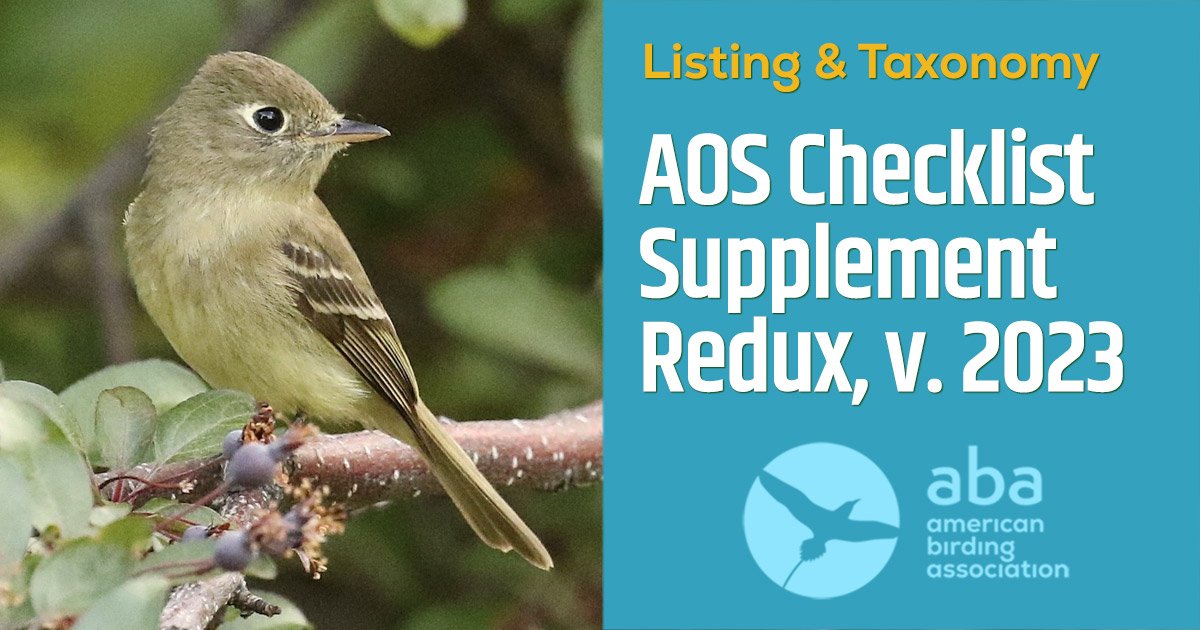2023-D-10 N&MA Classification Committee p. 207 Treat Gygis microrhyncha as a separate species from White Tern G. alba
https://americanornithology.org/wp-content/uploads/2023/05/2023-D.pdf .
“The taxonomy of the Gygis terns is complex, and recent studies have only added to the complexity.”
I cannot help with the proposal (especially about microrhyncha ) except provide links to literature of this genus.
First Latin name and picture Sparrman 1786:
fasc.1 (1786) - Museum Carlsonianum, in quo novas et selectas aves, coloribus ad vivum brevique descriptione illustratas, suasu et sumtibus generosissimi possessoris - Biodiversity Heritage Library .
fasc.1 (1786) - Museum Carlsonianum, in quo novas et selectas aves, coloribus ad vivum brevique descriptione illustratas, suasu et sumtibus generosissimi possessoris - Biodiversity Heritage Library .
East Indies, Cape of Good Hope and islands of the Pacific seas.
Here is Type Specimen collected in New Zealand?
NRM 569927 - Naturhistoriska riksmuseet .
I think New Zealand is correct. Sparrman was asked to join James Cook on his second circumnavigation of the earth (1772-1775). His work involved helping with research and mapping the Southern Ocean, New Zealand, Oceania and the South American coast. They visited; New Zealand, French Polynesia, Tonga, Fiji, Vanuatu, New Caledonia, Easter Islands, Marquesas Islands and Argentina. (Sparrman was employed as a paid botanical assistant to the naturalists, Johann Reinhold Forster and his son Georg Forster on the ship Resolution).
James Cook’s ships sailed from the Cape 22 November 1772 where he picked up Sparrman and was back in the Cape 22 March 1775 when he dropped Sparrman off.
JR Forster fought with Cook and everyone else, so his natural history report was not published until 1844 by Lichtenstein. He coined the name Sterna candida. If he had published his report timely he would have used two white terns from Tahiti as the type of candida. These two were in the Leverian Museum and eventually sold to the Imperial Museum in Vienna.
https://www.zobodat.at/pdf/kat-nhmw_20_0003-0376.pdf page 136.
I and Mathews dates Sterna candida as 1788. Although Latham states Lev. Mus. In his description of White Tern in 1785 but he lists the type place as Christmas island. Kiribati/Christmas Island was first found by the English on the Third Voyage on December 24, 1777. Latham’s tern is based upon a bird drawing by William Ellis who was on the Third Voyage from what he called turtle island.
From Cook’s diary: "On the 24th about half an hour after day breake," wrote Cook "land was discovered bearing NEBE½E; which upon a nearer approach was found to be one of those low islands so common in this sea; that is a narrow bank of land incloseing the sea within… The meeting with Soundings determined me to anchor to try to get some turtle, as the island seemed to be a good place for them and to be without inhabitents."
The next day, wrote Samwell "Captn Cook observed the old laudable Custom of keeping Christmas & dedicated this day to feasting & mirth; while he was at Dinner he received a Note from Captn Clerke acquainting him that some of the
Discovery's Gentlemen walking ashore had met with some Turtle on the Beach which they had taken. This was a welcome piece of News & gave us a better Opinion of the Island that what we had hitherto entertained.” The island was put on a map in 1781 as île des Tortues (Turtles Island) by
Tobias Conrad Lotter [
de] in
Augsburg.(Wikipedia) The drawing is from Kiribati. Figured by Ellis, pl. 56, "Turtle Island" > Sterna candida Gmelin, 1789.
Forster 1844:
Descriptiones animalium quae in itinere ad Maris Australis terras per annos 1772, 1773 et 1774 suscepto - Biodiversity Heritage Library .
Gmelin 1788(9?)
v. 1, pt. 2 - Caroli a Linné ... Systema naturae per regna tria naturae - Biodiversity Heritage Library .
Latham 1785:
v.3:pt.2 (1785) - A general synopsis of birds - Biodiversity Heritage Library .
Latham in 1787 adopts Sparrman’s Latin name alba.
Latham 1787:
Supplement to the General synopsis of birds - Biodiversity Heritage Library .
In 1789 a Captain Portlock published a book about his voyage 1785 to 1788 including Hawaii. He collected there a White Tern . He brought a specimen to England. He spoke to Latham and he received a drawing from Joseph Banks drawn by his botanical draughtsman Sydney Parkinson who died on the first Cook voyage. Parkinson has a good reputation but this is the worst drawing of a White Tern.
Portlock 1789, Joseph Banks personal copy, page 312 and the drawing is the page after.
A Voyage round the World, but more particularly to the North-West Coast of America ... in 1785-1788 .
Ok here is a good version of the white ten.
A voyage round the world but more particularly to the north-west coast of America - Biodiversity Heritage Library .
George Gray described this drawing as Banks icon.
v.3 (1844-1849) - The genera of birds - Biodiversity Heritage Library .
Also here:
https://www.biodiversitylibrary.org/item/49442#page/71/mode/1up .
“Unsigned pencil sketch. " Eperai. The whole bird intirely white the beak a lead colour, as are also the toes, the webs between white the Rachi of the wing feathers pale brown and those of the tail black." (B.) " No. 2 Egg Bird." (S.) " Otahite." (D.) " S. Parkinson.".”
https://www.biodiversitylibrary.org/page/2238858#page/341/mode/1up .
Bonaparte:
https://www.biodiversitylibrary.org/item/16554#page/782/mode/1up .
The White Tern is seen on Saint Helena Island. Napoleon Bonaparte lived there from 1815 until his death there in 1821. I think that Gygis Napoleonis is a white tern on that island but I cannot find an original description?
Wagler genus Gygis saying candida is a Forster name:
https://www.biodiversitylibrary.org/item/85170#page/658/mode/1up .
One species in Gygis with subspecies might be best.
Saunders (1896) warns that the larger Gygis is also found on the Marquesas.
https://www.biodiversitylibrary.org/item/34471#page/172/mode/1up .
OD of microrhyncha :
https://www.biodiversitylibrary.org/page/29099883#page/812/mode/1up .









